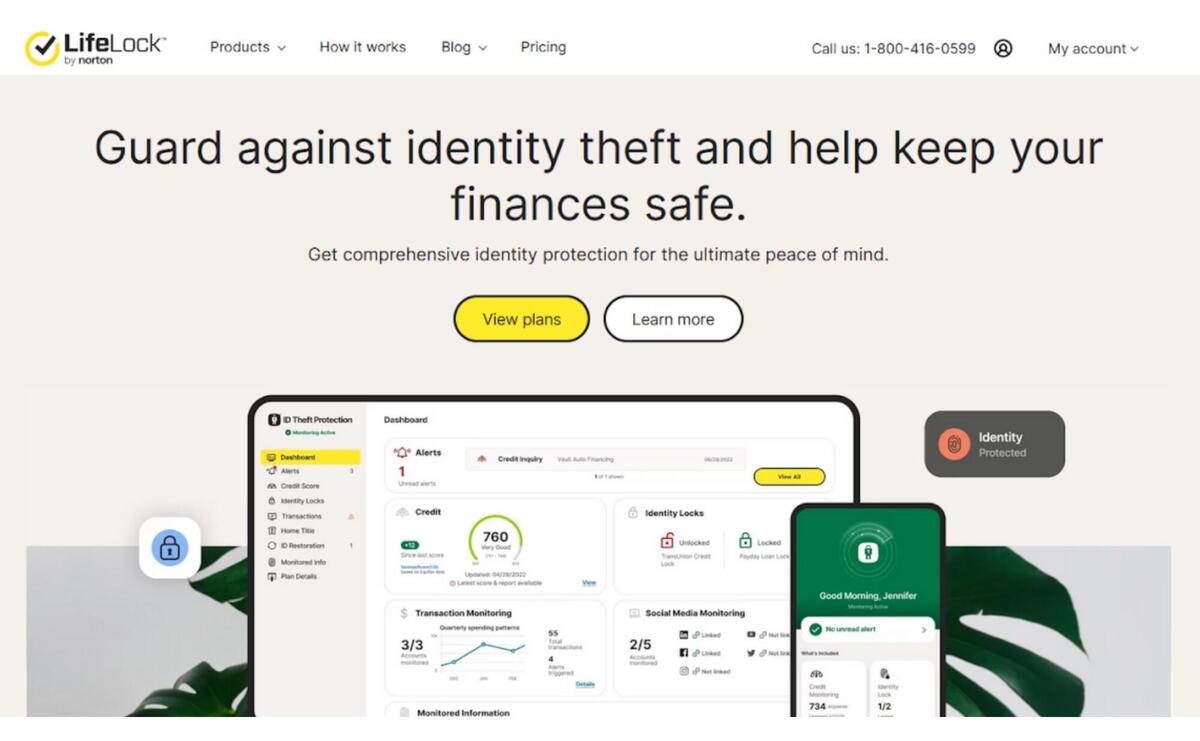Securing Remote Work: Strategies to Combat Identity Theft
As the digital landscape evolves past the pandemic, the shift to remote work has significantly increased the exposure to cyber threats, particularly identity theft.
We will look into the challenges and strategies vital for safeguarding personal and organizational data against unauthorized access and fraud in the era of remote work.

In understanding the types of identity theft and their impacts, alongside exploring real-world corporate incidents, we aim to equip individuals and businesses with effective measures to enhance their digital security and resilience.
Identity Theft: Understanding and Addressing the Threat
Identity theft manifests in various forms, with each type of identity theft targeting different aspects of personal information:
- Financial Identity Theft: The most common form, where thieves access and misuse victims' bank accounts or credit information for unauthorized transactions.
- Employment And Tax-Related Theft: Utilizes someone’s personal data for employment purposes or to falsely claim tax returns.
- Medical Identity Theft: Involves acquiring someone’s medical information to procure healthcare services or drugs, or to submit fraudulent insurance claims.

These types of identity theft not only cause financial harm but also lead to long-term damage to the victim's reputation and credit status, complicating their personal and professional lives.
Real-World Examples of Corporate Incidents
Identity theft not only affects individuals but also companies, with some cases resulting in significant financial and reputational damage.
Here are a few notable examples from recent years:
- Marriott International Breach (2018): Marriott International experienced a massive data breach affecting approximately 383 million records. The breach exposed sensitive information of millions of guests, underscoring the critical need for solid security measures in the hospitality industry.
- Anthem Inc. Breach (2015): Anthem Inc., a major health insurance provider, was hit by a cyberattack that potentially exposed the personal information of about 78.8 million people. This breach resulted in Anthem agreeing to pay a record $16 million to resolve violations related to the Health Insurance Portability and Accountability Act.
- Equifax Breach (2017): Equifax suffered a significant breach, compromising the personal data of approximately 147 million people. This incident highlighted the vulnerabilities in protecting sensitive financial information and had a profound impact on consumer trust and security practices industry-wide.
- Toronto Public Library Ransomware Attack (2024): The Toronto Public Library experienced a ransomware attack that compromised the personal information of its employees, customers, and volunteers. The attack was attributed to the Black Basta ransomware gang, highlighting the ongoing threat of ransomware to organizations of all sizes.
- Okta Supply Chain Attack (2023): Okta, an identity and authentication management services provider, reported a breach where threat actors accessed private customer data through compromised credentials. This incident underlines the risks associated with third-party and supply chain vulnerabilities
Prevalence and Impact
The decentralized nature of remote work significantly affects the traditional security measures, heightening the exposure of both personal and company data to cyber threats.
The primary issues stem from a lack of consistent security infrastructure across dispersed work environments and varied security practices among remote employees.
These gaps necessitate enhanced digital security strategies tailored to the unique challenges of remote work settings.
Expanding Attack Surfaces and Cybersecurity Challenges
Remote work increases the cyber attack surface due to the reliance on home networks and personal devices, which often lack the necessary security controls of a centralized office environment.
This situation makes it easier for cybercriminals to exploit weaknesses, such as unsecured Wi-Fi networks or outdated software, leading to potential data breaches or other security incidents.
Impact on Businesses and Real-World Examples
The shift to remote operations has led to a notable rise in specific cybersecurity threats, particularly phishing attacks targeting remote workers.
These attacks often aim to steal credentials or install malware by exploiting less secure home networks or the distractions that come with home environments.
Remote work has necessitated stronger endpoint security as each remote employee's device can act as a potential gateway for cyber attackers.

Strategic Shifts in Cybersecurity Approaches
In response, businesses have been adapting by implementing more rigorous access controls and security protocols.
Multi-factor authentication (MFA), advanced encryption for data transmission, and regular security training for employees have become paramount.
These steps help in safeguarding sensitive data and maintaining the integrity of business operations from afar.
Leveraging Predictive Cybersecurity Techniques
Additionally, the integration of predictive cybersecurity measures is increasingly critical.
Utilizing AI and machine learning, companies can now forecast potential security threats and mitigate them proactively.
This forward-thinking approach not only prevents data breaches but also minimizes the downtime and financial impact associated with cyber attacks .
Strategies for Protection
- Monitoring And Alerts: Implement services that offer real-time monitoring and alerts for unusual activities across your financial, medical, and personal accounts to detect and respond to threats promptly. Services like LifeLock and Aura provide extensive monitoring options that cover everything from social media to dark web activity.

- Enhanced Security Measures: Utilize advanced cybersecurity tools like AI-driven analytics and identity verification technologies that improve the efficiency and security of remote operations. These tools help in preempting threats by providing early warnings and securing sensitive information.
- Education And Training: Regularly update remote workers on the latest security practices and threats. Educating employees about the importance of strong, unique passwords, recognizing phishing attempts, and secure internet practices is fundamental to fortifying the first line of defense against identity theft.
Endnote
As organizations navigate the complexities of remote work, integrating behavioral analytics can enhance cybersecurity strategies by tracking user behavior to detect anomalies that may indicate security threats.
In embracing such next-generation technologies, businesses can not only secure their digital environments but also refine their security posture in real-time, staying one step ahead of cybercriminals.